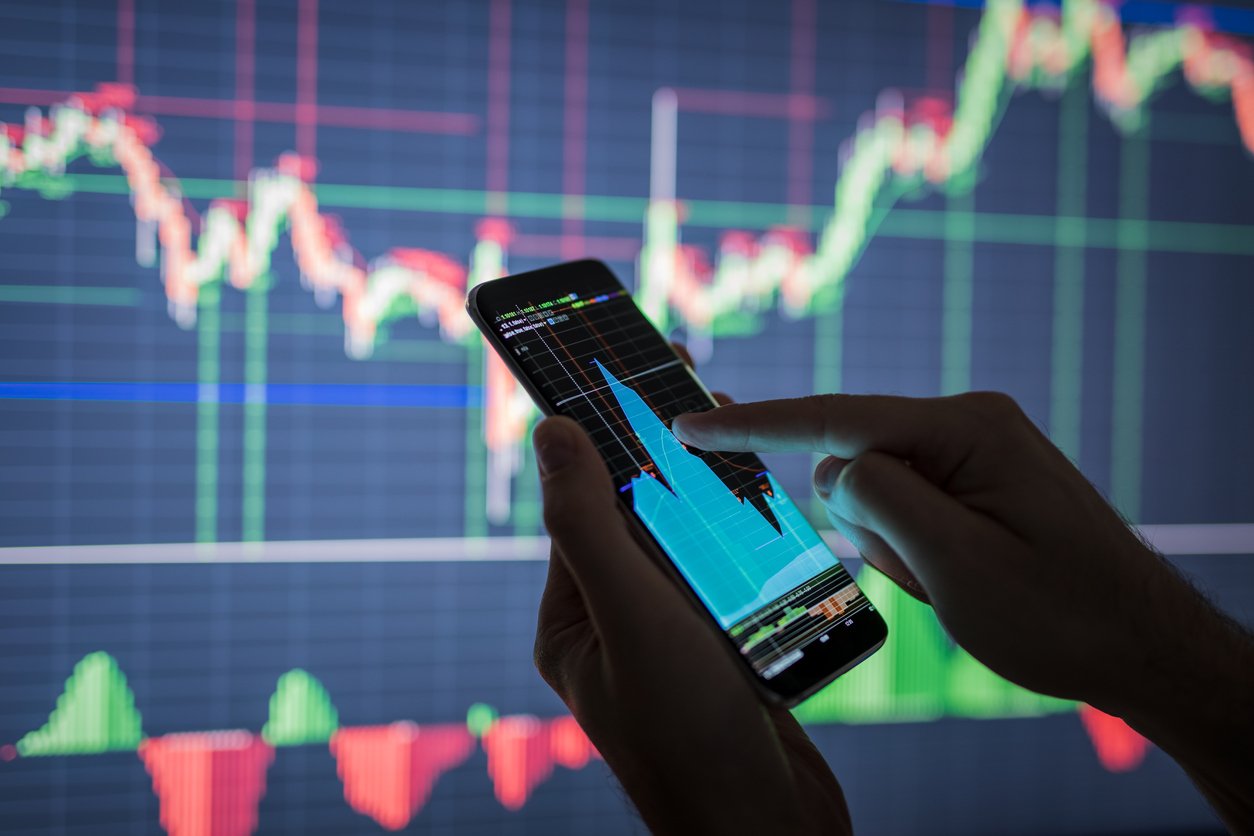In today’s fast-paced financial landscape, technology plays a pivotal role in shaping the dynamics of the forex (foreign exchange) market. From the emergence of sophisticated trading platforms to the proliferation of algorithmic trading strategies, the forex market has undergone a significant transformation. Let’s delve into how technology, particularly trading platforms and algorithmic trading, influences the forex market.
Evolution of Trading Platforms:
Gone are the days of manual trading through telephone calls or physical exchanges. The advent of electronic trading platforms has revolutionized how traders participate in the forex market. These platforms provide users with real-time access to currency pairs, pricing information, charts, and execution capabilities at their fingertips. As a result, traders can make informed decisions and execute trades swiftly, enhancing market efficiency and liquidity.
Accessibility and Globalization:
Technology has democratized access to the forex market, allowing retail traders and institutions alike to participate on a level playing field. Trading platforms are accessible across devices, including desktops, smartphones, and tablets, enabling traders to monitor and execute trades from anywhere with an internet connection. This accessibility has fueled the globalization of the forex market, as traders from diverse geographical locations can engage in trading activities around the clock.
Algorithmic Trading:
One of the most notable advancements facilitated by technology is algorithmic trading, also known as algo trading or automated trading. Algorithmic trading involves the use of computer algorithms to execute predefined trading strategies with speed and precision. These algorithms analyze vast amounts of market data, identify trading opportunities, and automatically execute trades based on pre-established criteria.
Advantages of Algorithmic Trading:
1. Speed and Efficiency: Algorithms can execute trades within milliseconds, capitalizing on fleeting market opportunities that may be missed by human traders.
2. Risk Management: Algorithmic trading systems can incorporate risk management protocols to minimize losses and preserve capital.
3. Elimination of Emotions: By removing emotional biases from trading decisions, algorithms can maintain discipline and consistency in executing trading strategies.
4. Backtesting and Optimization: Traders can backtest algorithms using historical data to assess performance and optimize strategies for better results.
Impact on Market Dynamics:
The widespread adoption of algorithmic trading has significantly impacted the forex market’s structure and behavior. Here are some key implications:
1. Increased Liquidity: Algorithmic trading contributes to market liquidity by providing continuous buying and selling pressure, narrowing spreads, and facilitating price discovery.
2. Price Volatility: The proliferation of algorithmic trading can amplify short-term price fluctuations and contribute to market volatility, especially during periods of high-frequency trading activity.
3. Market Fragmentation: Algorithmic trading has led to the fragmentation of liquidity across multiple trading venues, including electronic communication networks (ECNs) and dark pools, challenging traditional market structures.
4. Regulatory Scrutiny: Regulators closely monitor algorithmic trading activities to ensure market integrity, prevent market manipulation, and address systemic risks associated with automated trading strategies.

